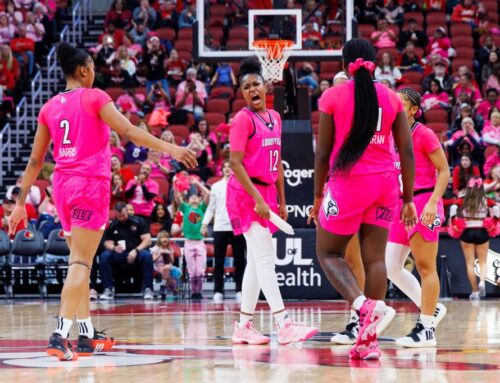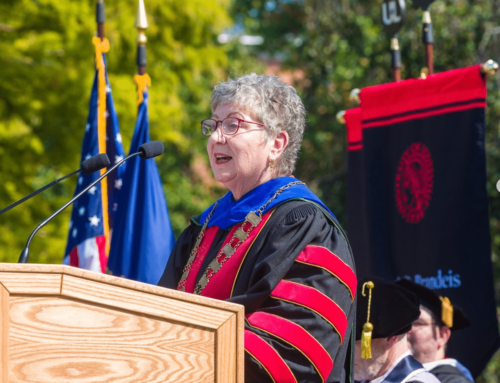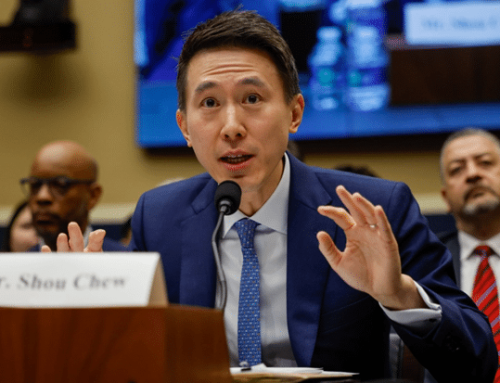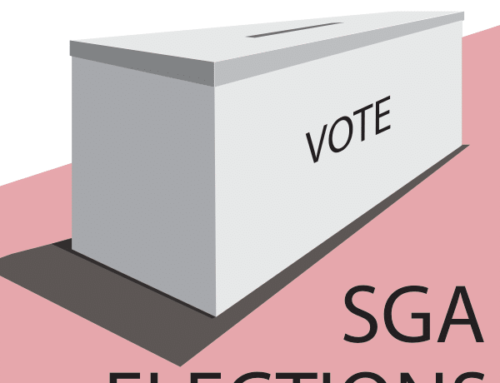By Chris Cox
Your hands wrap the steering wheel with death grip tenacity. The street and traffic lights blur, and haze into a glob of indistinguishable colors. Every jerk and shake of the car rattles your nervous system, and your heart nearly collapses at the mere thought of blue lights approaching in the rearview mirror.
For those unable to relate to the above situation, pat yourselves on the back: you have never driven under the influence of alcohol.
According to the Kentucky State Police”s Annual Crime Report, Jefferson County was home to 17 deaths involving alcohol in 2002, accounting for more than 1 in every 10 fatal collisions involving alcohol in Kentucky. Of those, over 20% were college aged, ranging from 19-24. More than half posted a Blood Alcohol Content (BAC) of at least .10. The average BAC for those fatally injured aged 16-25 was .25.
Injuries ranked extremely high in Jefferson County in 2002, tallying more than 25% of all the alcohol related collision injuries in Kentucky. At the state level, alcohol was determined to be the number one external cause of fatal accidents. The gravest statistics for Kentucky showed that, over a two year span, fatal collisions involving alcohol accounted for nearly half of all traffic fatalities on holidays.
Kentucky”s DUI problems, especially in Jefferson County, are obvious in light of these stastistics. While a certain amount of accountability needs to be exercised by those who choose to drink, other factors may exist influencing high percentages of those driving under the influence.
Since people age 21 and over have a right to drink, and often exercise it, there would seem reason to provide ample means of sober transportation. One possible solution to such a paradigm would be to make taxicabs readily available.
The state government caps the number of taxis permitted to exist in any county or city, whereas in other states, taxi flow is not regulated, and companies are allowed to penetrate the market with as many cabs as needed. The only way the cap can be raised is to prove there is a need for more cabs.
While the state caps the number of taxis allowed, cities can regulate the operation of cabs. The Louisville City government has taken advantage of this provision, setting the rates and licensing drivers. Ergo, any movement to raise the cap on the number of cabs in Louisville would hit the city where it hurts: in the pocketbook.
In addition, Yellow Cab dominates the Louisville taxi market, operating as a near monopoly. The cap prevents other companies from starting or expanding their business, since the limit is placed on overall taxis in a city, and not spread out among companies. Ergo, Louisville patrons are at the mercy of the Yellow Cab and the city of Louisville.
As a result of this system, the quality of service is also at question. With rates set by the city, Yellow Cab is able to use discretionary means of operation. Picking up someone at Phoenix Hill Tavern and shipping them home to Fern Creek may not prove financially viable, and therefore means that person might not be picked up at all, which has been known to happen.
‘I called a cab from Betty Johnson and it never showed up,’ says Senior Justice Administration major Adriana Morris. ‘The cabs here are not reliable, so I haven”t called for one since.’
Pete Rosen of Yellow Cab distributes the blame elsewhere: ‘If people claim taxis don”t show up it”s usually because they are too drunk and get tired of waiting, so they find another ride home, or don”t even realize the taxi is there.’ So who is at fault for legitimate claims of no-show taxis? ‘I”m not saying taxis failing to pick someone up never happens, but when it does it”s not Yellow Cab. We have taxis on the streets 24 hours a day, seven days a week, so when that happens it must be the other guys,’ says Rosen.
Students at U of L have a great stake in this issue. Since the university is a dry campus, events such as fraternity ‘gatherings’ have to be held off campus. This handcuffs the ability to control those drinking and attempting to drive. It also shifts responsibility to the fraternity, or other hosting organization (this is in much the same way that bars are now beginning to be held responsible for drunk drivers). However, this puts the organization in a compromising situation, as taxis are not readily available, and the university will not provide any transportation in an effort to distance themselves from liability.
The lack of outside sources to help control drinking and driving does not remove accountability from those drinking and getting behind the wheel. When people are presented with either prohibition or chancing the life and safety of themselves and others, the problem may be not enough choices. Action needs to be taken at every possible level, starting with the individual person, and rising from the ranks of University officials, to city government and relating businesses. All involved parties have a vested interest, whether it is their own safety, or that of their loved ones, to see that over time drinking and driving is controlled. For now though, just be patient. The taxi is on the way. They swear.





